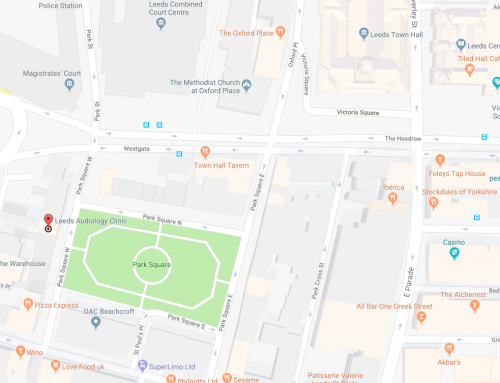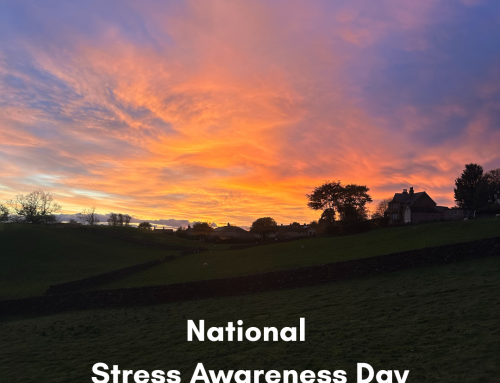Today, as it’s World Book Day, we want to talk about the importance of language and literacy development in deaf children.
So, what are the statistics? Worldwide, around 466 million people have a significant hearing loss and 34 million of those are children. The Nyle DiMarco Foundation states that only 2% of the World’s deaf population has access to education in sign language. The Foundation also highlights that only 25% of parents use sign language to communicate with their deaf child.
In the UK alone around 9 million people suffer from hearing loss, this equates to 1 in 7 people. Approximately 1 in every 1000 children is born with a severe or profound hearing loss and 90% of all deaf children are born to hearing parents. All children suffering from hearing loss should be given the opportunity to learn sign language to help develop their language and literacy skills. Approximately 50,000 deaf people in the UK use British Sign Language as their first or preferred language.
Early detection of hearing loss in children is crucial as unaddressed hearing loss can impact their learning and language development. Academic performance of deaf children can suffer if there is not enough additional support given at a young age and throughout school.
There is a call for better representation of disabilities in children’s books. In an article released by the Guardian today, authors have been encouraged to feature characters with disabilities in order to help children connect with reading. You can find the article here. Hearing loss is just one disability that can leave children feeling isolated and lonely. With 90% of deaf children born to hearing parents it is unlikely that deaf children will have regular exposure to someone like them.






